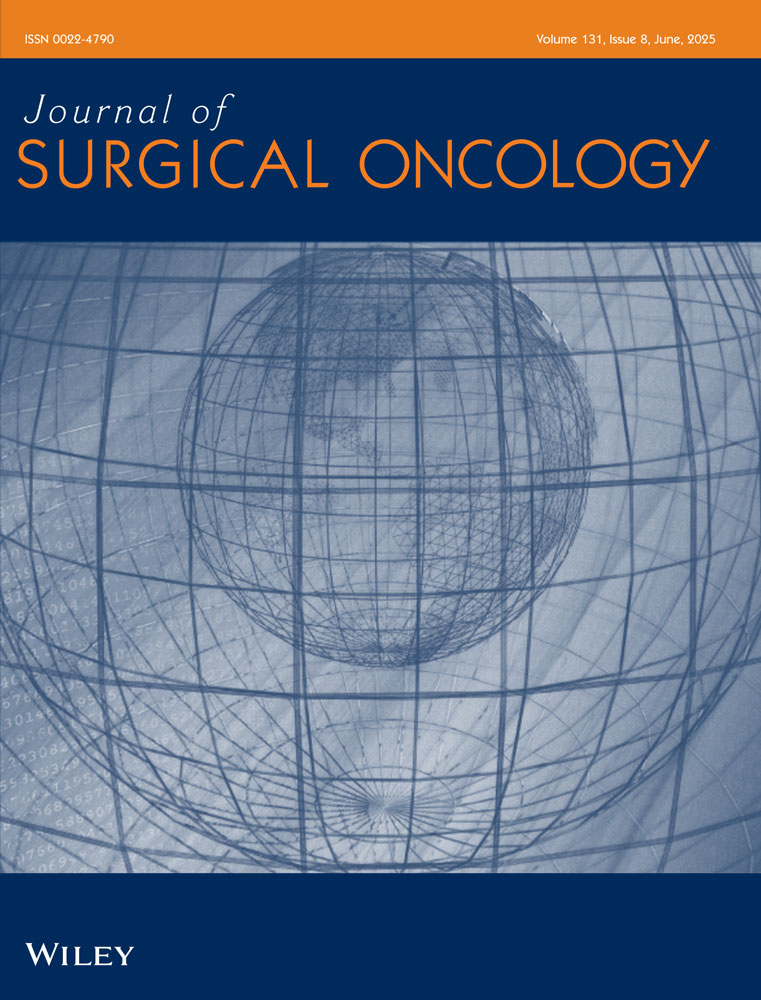Elevated activities of MMP-2 in the non-tumorous lung tissues of curatively resected stage I NSCLC patients are associated with tumor recurrence and a poor survival†
Sang-Hui Kim and Hye Young Choi contributed equally to this study.
Abstract
Background and Objectives
We wanted to assess whether the level of enzyme activity for a particular matrix metalloproteinase (MMP), and not the amount of expressed protein, in lung tissue could be used as a reliable prognostic biomarker for tumor recurrence leading to poorer survival in a certain subgroup of patients who have undergone curative resection for stage I human NSCLC.
Methods
We determined what type of MMP was significant for tumor recurrence by using a mouse model of pulmonary metastasis with inoculating the footpad with H460 human cancer cells. We then looked for any association between tumor recurrence and the level of enzyme activities for the selected MMP in the tumor and also in the pathologically non-tumorous tissues from 34 stage I lung cancer patients.
Results
We obtained H460/PM6 cells having a highly metastatic potential after six repeated cycles of pulmonary metastasis by using the mouse footpad inoculated with the metastasized cancer cells in the previous cycle. We started with human lung cancer cells, H460, and we found that among the tested MMPs we tested for, the level of MMP-2 mRNA was elevated. No significant difference was seen in the level of enzyme activity of the MMP-2 cells from the curatively resected tumor tissues of the stage I NSCLC patients who were later found with or without recurrence. However, the level of MMP-2 enzyme activity was found to be significantly different between the non-tumorous lung tissues from patients later found with and without recurrence, and it was associated with the 5-year survival rate.
Conclusions
This observation suggests that the higher level of MMP-2 enzyme activity in the non-tumorous tissues from the patients could be used as a prognostic biomarker to predict post-operative tumor recurrence and survival for patients with stage I NSCLC. The elevated enzyme activity of MMP-2 in the non-tumorous tissue resected from stage I NSCLC could be used as a prognostic indicator for post-operative tumor recurrence and the patients' poor survival. Further, this could be an important aid for physicians' making decision on whether to subject particular patients to post-operative adjunct chemotherapy. J. Surg. Oncol. 2007;95:337–346. © 2007 Wiley-Liss, Inc.




